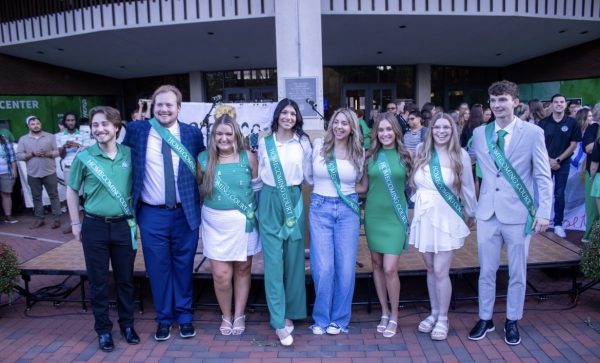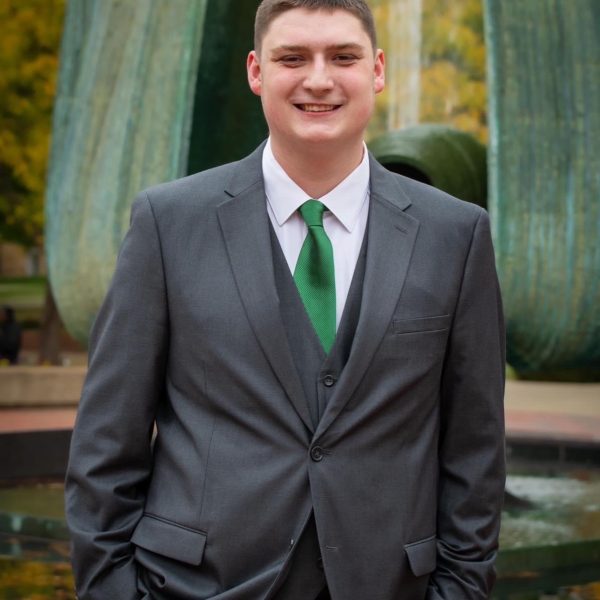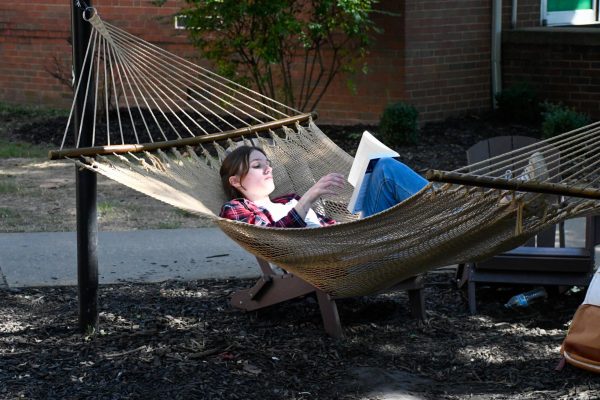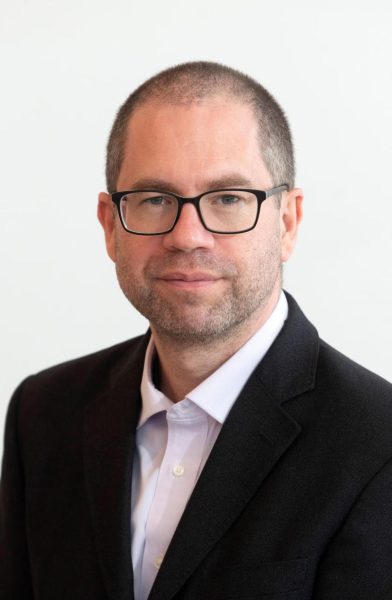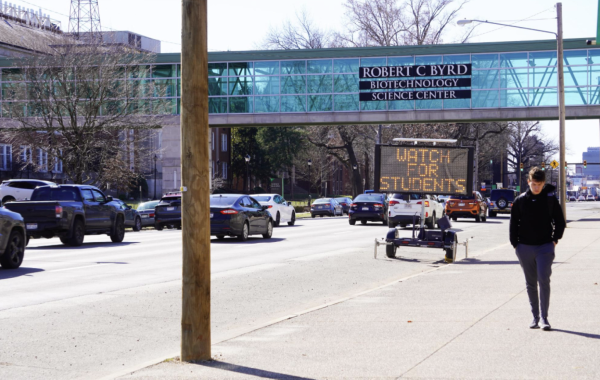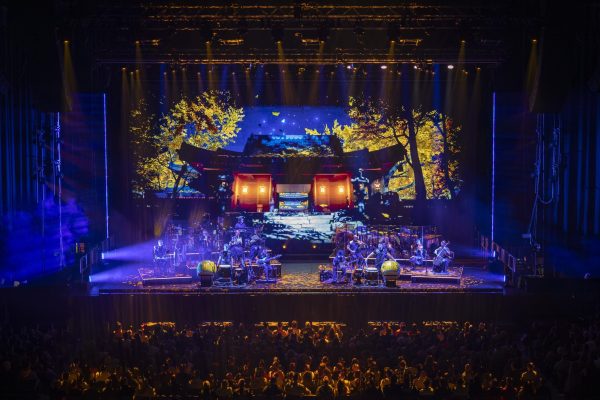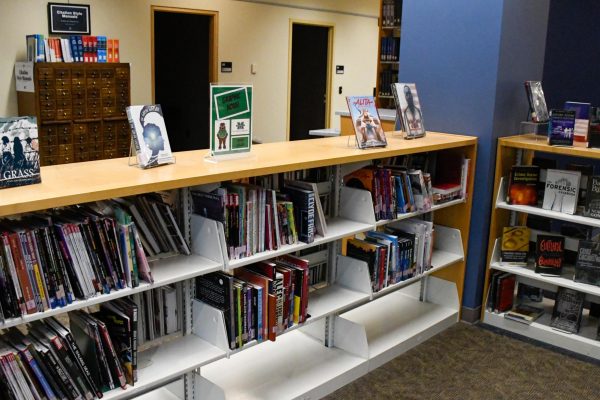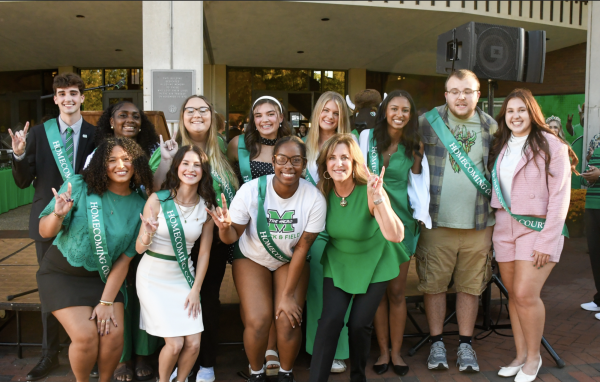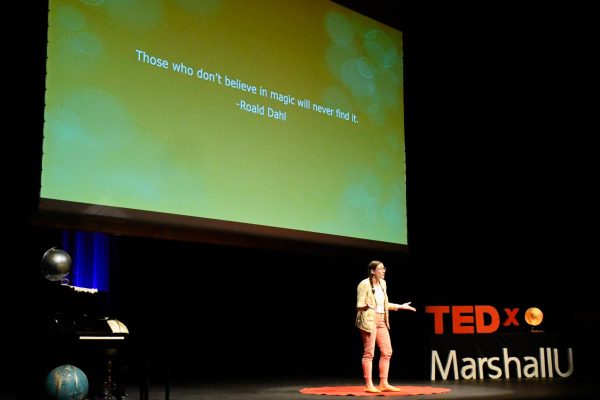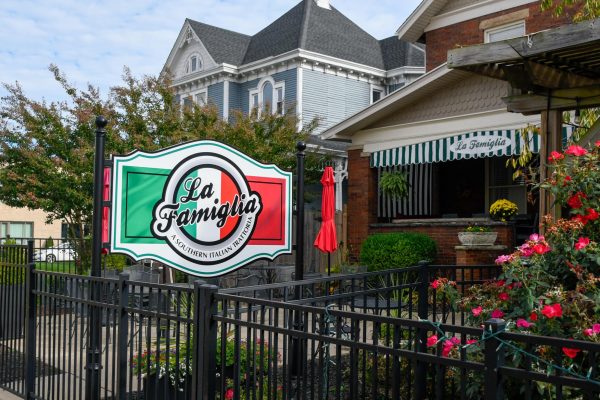Meet senior capstone exhibit artist Karl Shaver
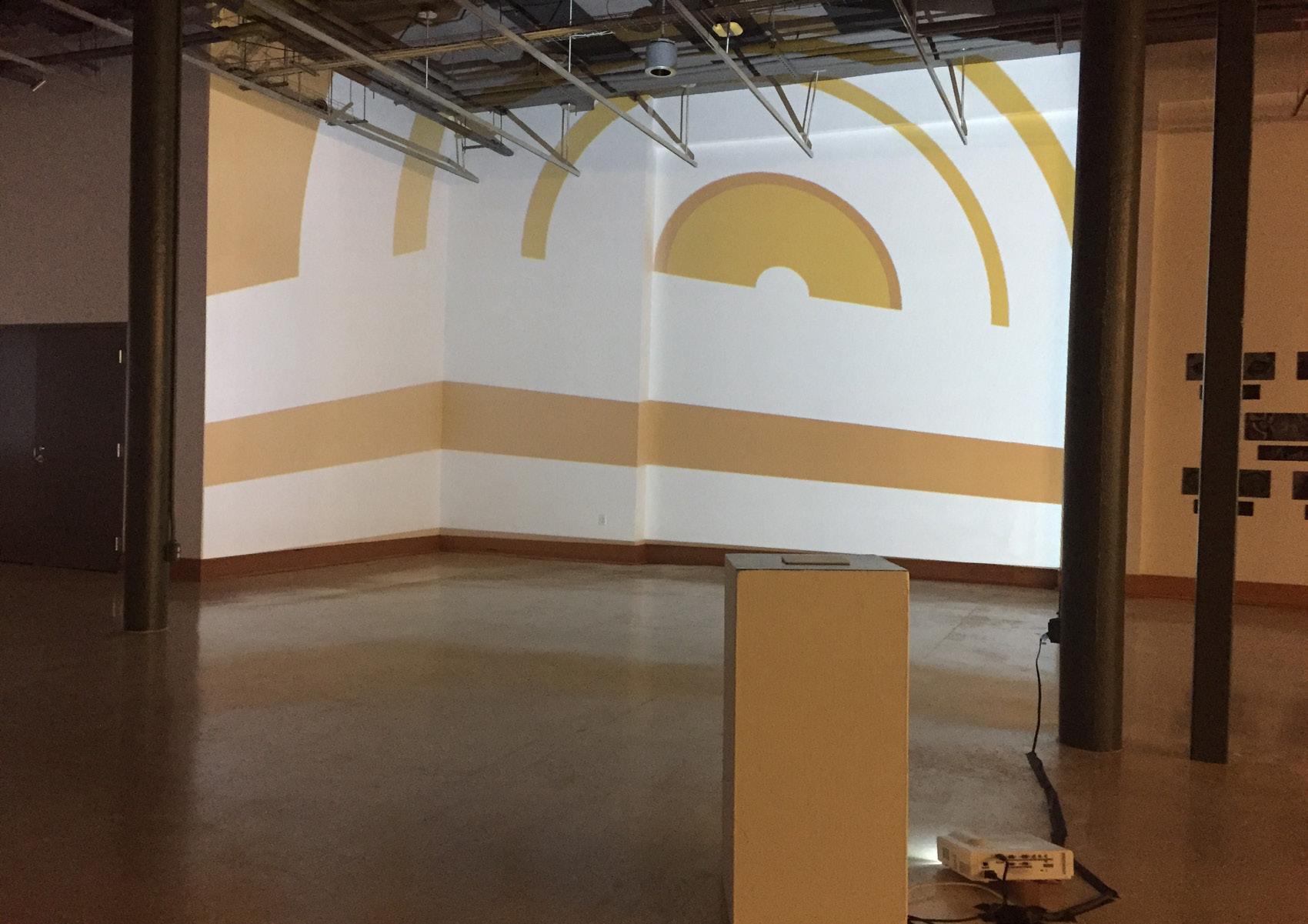
A still of Shaver’s capstone project, an interactive digital piece.
Karl Shaver is a graphic design major from Charleston, West Virginia who has artwork in the senior capstone exhibit at the Marshall University Visual Arts Center.
Shaver has done visual arts since he was a child and he began getting more interested in it when he learned that art can do more than just be observed.
“There’s a lot of interest to me in designing to solve real world problems in an innovative way,” Shaver said. “I think I was interested in how you can creatively solve problems. That is what inspired me in design.”
Marshall was not Shaver’s first choice in colleges when he began searching.
“I was into design and industrial design, which is the design of cars and chairs and physical objects. The only place that had a program for that is Virginia Tech — only place down the whole east coast really,” Shaver said. “There may have been a few other places, but I toured Virginia Tech and that was more what I was looking for. Marshall worked better for me logistically in terms of scholarships and where it is.”
He first began as an engineering major, but learned that major was more math and science based than idea and product design based.
“I got good grades, but it just wasn’t what I thought it was going to be. It turns out that engineers are not the idea people, they are the people that make it work,” Shaver said.
His artwork in the senior capstone is called “Blind Sight.” The capstone is an interactive installation that uses a projection and a trans-touched track pad. It builds interpretive landscapes based on the user input on the track pad and is a just a simple JavaScript web app.
“To me, the thing that you’re seeing is not the main component. To me, what’s really important is your experience being in the environment and being in the immersive interactive work and the aspect of people interacting with it,” Shaver said.
Shaver found the title to be the right fit after finishing his work. People who are cortically blind deal with damages to the cortex that effect the ability to see. People can be blind and not be able to identify things that are in front of them, but, through tests, it has been found that even if the person cannot identify the object in front of them, they may be able to identify certain things like whether the object is vertically or horizontally oriented.
“It kind of says something about there is more behind our actions and our decisions than we consciously know,” Shaver said. “If you are exploring something new, like a new environment or new thing and you make a decision or action, you might think that you didn’t know anything. There might be more going behind the scenes than you know. I think that fit the title in that way. It just tied the concepts together of intuition and interaction and human environment.”
After graduation, he plans to search for a full-time job with designing.
“There’s a lot of talk about there not being enough jobs or enough opportunities. I’m not going to say that’s not true, but I think anything is possible if you apply yourself,” Shaver said. “I’m working on having options and figuring out what I want to do.”
Shaver’s work can be seen at the Charles W. and Norma C. Carroll Gallery in the Visual Arts Center in Pullman Square. The gallery hours are Monday through Friday 10 a.m. to 4 p.m.
Krislyn Holden can be contacted at [email protected].
Your donation will help continue the work of independent student journalism at Marshall University. If you benefit from The Parthenon's free content, please consider making a donation.


